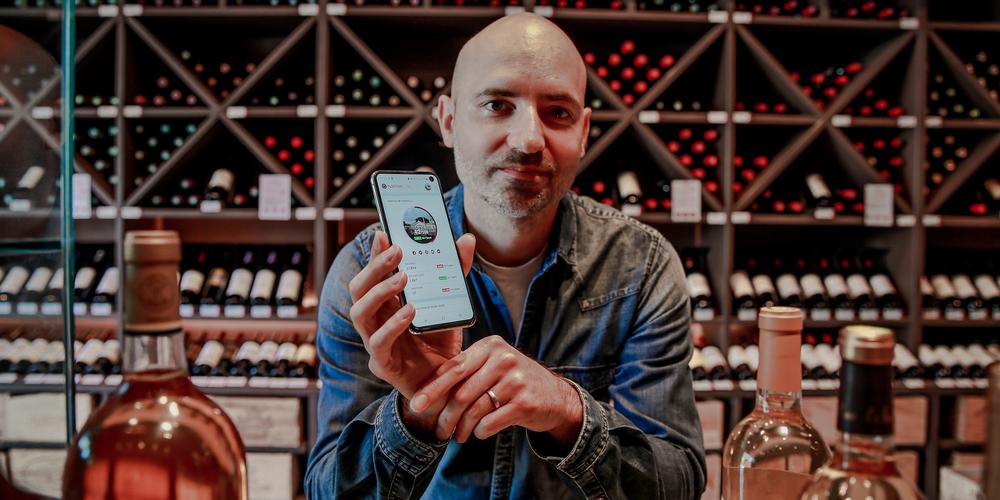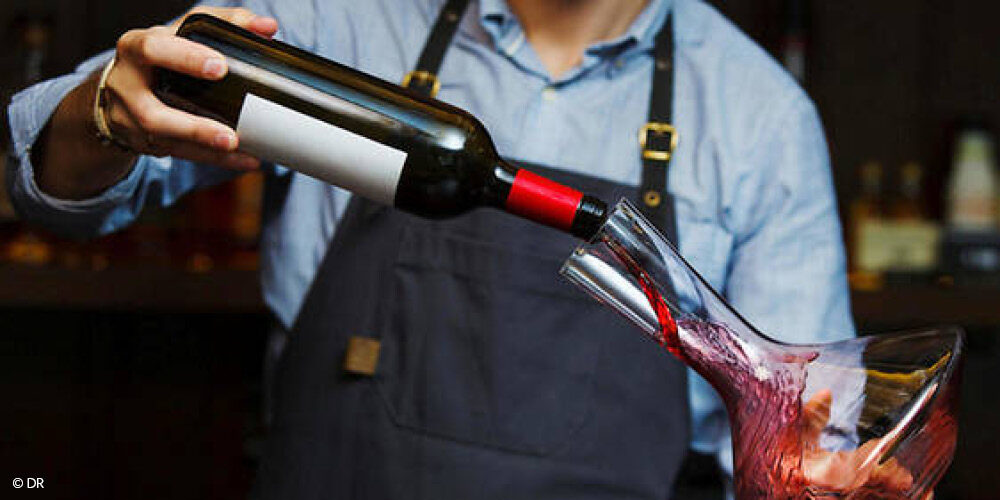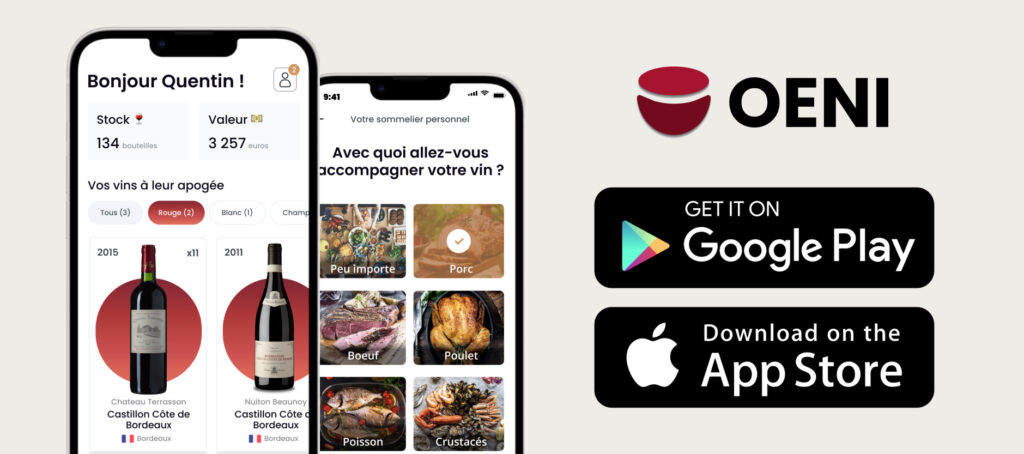Wine, long sold in cellars or at wine shops, is now opening up to new horizons. As consumer habits evolve, online wine sales are becoming increasingly important. Winegrowers are adapting their approach, reinventing their channels, and exploring innovative digital solutions.
If you're interested in wine-related articles, download our app for IOS or Android. It will give you access to our wine lexicon, our articles and our innovative solution, designed for all wine consumers and collectors.
The rise of direct sales
More and more estates are choosing to sell direct. The health crisis has accelerated this trend. With shows and fairs cancelled, the website has become the main showcase. Winegrowers are regaining control of their sales and image.
Wine e-commerce cuts out the middleman. This improves margins and facilitates contact with customers. This more direct relationship builds customer loyalty, thanks to regular, personalized exchanges.
Create a clear, simple and reassuring site
Successful online wine sales require a site that's fluid, easy to read and accessible from cell phones. Product descriptions must be complete: grape variety, vintage, pairing, ageing potential, notes, price.
Delivery costs should be visible from the outset. Payment must be secure, with several payment methods available. The graphic universe should reflect the domain's identity. These details reassure buyers and facilitate conversion.
Use content to attract
Digitizing the wine industry also means creating content. A good wine e-commerce site doesn't just sell. It tells. It explains. It showcases the work of the winemaker, the life of the estate, the particularities of the terroir.
Blogs, videos, newsletters or educational sheets reinforce the experience. They create engagement, encourage feedback, and make people want to share. Content becomes a lever of trust and authority.
Using social networks to humanize

Instagram, Facebook and TikTok are becoming real tools for winemakers. Showing the harvest, a tasting in the cellar, or an anecdote about a cuvée creates a bond. This humanizes online wine sales and attracts a new, younger, connected audience.
Stories, lives or reels allow you to reach customers in real time. Comments, likes and shares provide valuable visibility. E-commerce wine then becomes a natural extension of these exchanges.
Set up a regular newsletter
A good newsletter builds loyalty. It can be used to announce a new vintage, offer a promotion or tell about an event. Subscribers feel close to the winery. They become ambassadors and pass on information.
Online wine sales become more regular. Every well-designed email can generate immediate orders. All it takes is the right message at the right time to reactivate an inactive customer.
Register on specialized marketplaces
Some winegrowers choose not to create their own site. They prefer to join platforms such as Vivino, Vinatis or Cdiscount Vins. These sites take care of logistics, visibility and, in some cases, customer management.
This choice allows you to exist in the world of wine e-commerce without heavy investment. But it means sharing margins and complying with the platform's terms and conditions. It's a good gateway to wine digitalization, especially for small businesses.
Exclusive online offers
To encourage people to buy from their own websites, some winegrowers reserve special vintages for online buyers. Limited editions, personalized boxes, old vintages... These offers create a feeling of exclusivity.
This enhances the value of online wine sales and sets them apart from the traditional channel. Buyers have the impression of being part of a privileged circle. They're more likely to come back and share their experience with others.
Optimizing natural referencing
For a site to work, it has to be visible. SEO is the key to making your domain appear higher in the search results. It relies on clear texts, precise keywords and well-structured tags.
Digitalization in the wine industry also involves technology. Many winegrowers work with SEO experts to improve their positioning. Wine e-commerce depends largely on this visibility.
Work on logistics and customer service

A good wine badly delivered can ruin the experience. Online wine sales require impeccable logistics. Robust packaging, on-time delivery, responsive customer service... all these elements build buyer loyalty.
Some domains outsource logistics. Others carefully manage it in-house. In all cases, the quality of the service is just as important as the quality of the product. The digitalization of the wine industry should not make us forget the importance of relationships.
Think subscription to smooth sales
Offering a monthly or quarterly box is a good strategy. It helps to smooth sales, avoid irregular peaks, and secure recurrent sales. Customers receive a personalized selection at home.
This model, inspired by direct marketing, is well suited to wine e-commerce. It values long-lasting relationships and surprises. It builds loyalty effortlessly, provided that mailings are well-targeted.
Training teams in winegrowing digitalization
Finally, selling online can't be improvised. Teams need to understand the tools, uses and expectations of connected customers. Basic training in e-commerce or digital communications is often required.
The digitalization of viticulture does not replace human contact. But it does enrich it. It enables winegrowers to tell their story better, reach a wider audience and secure their income.
If you enjoyed this article, don't hesitate to read the following article "How to keep an open bottle longer?"which may also be of interest to you!





